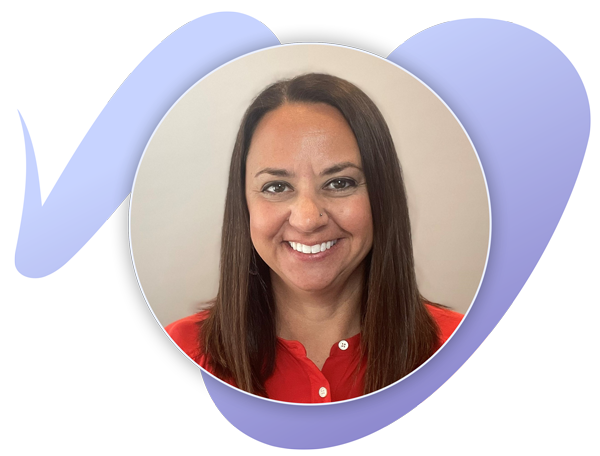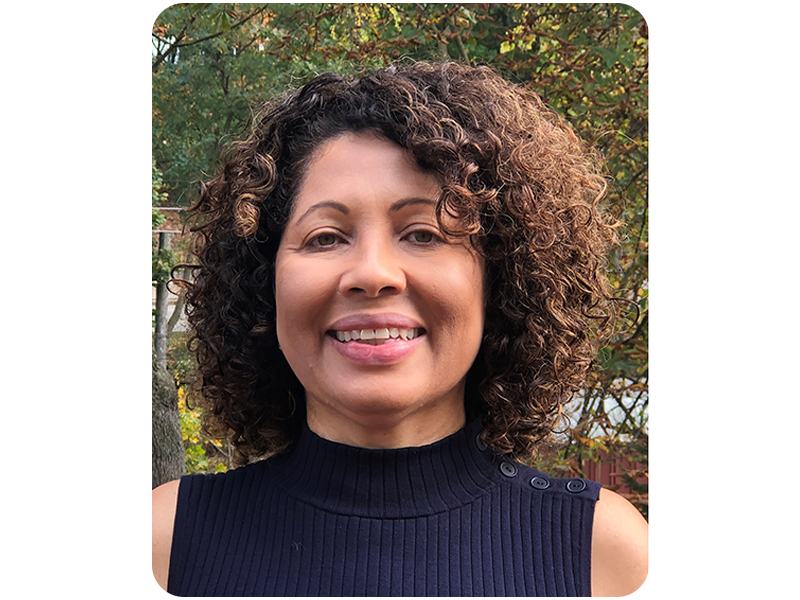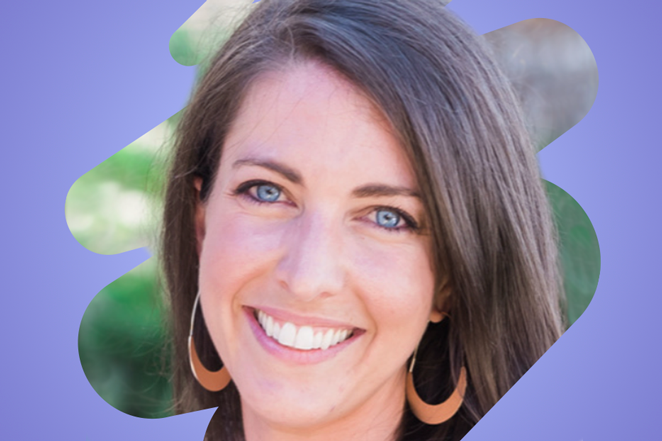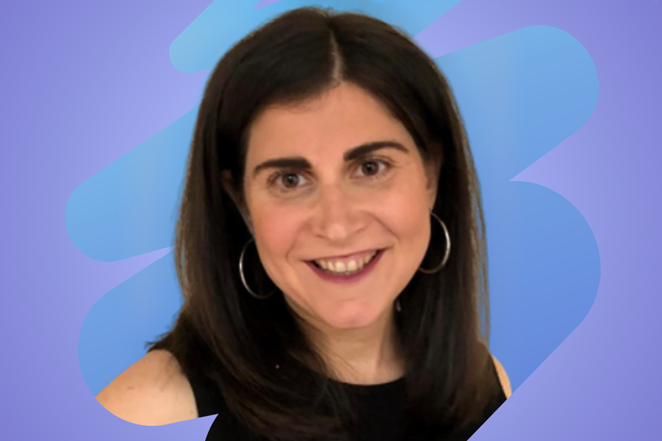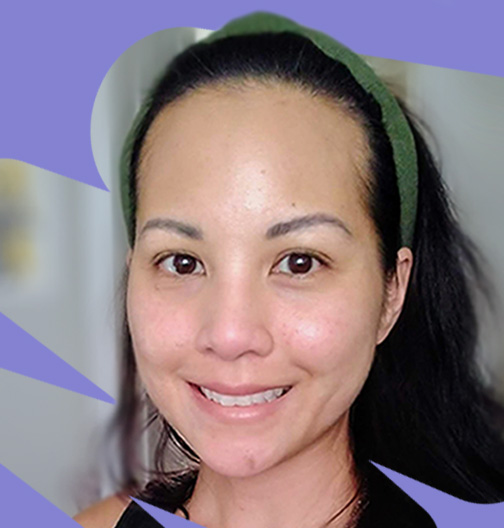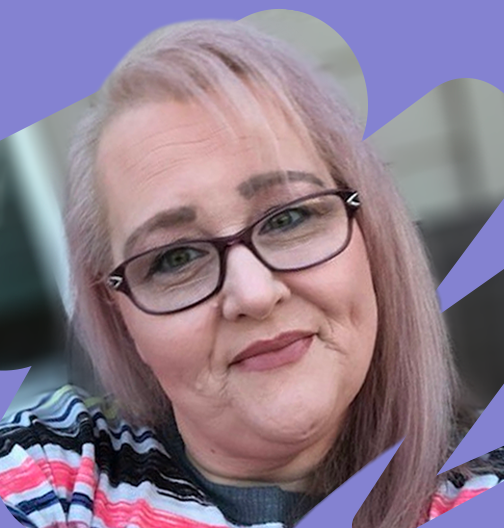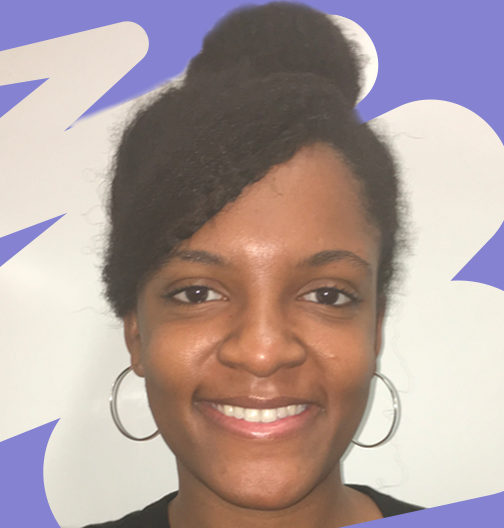May 2, 2023 2:21 pm
Why Teachers Teach
A teacher’s job is challenging. From classroom management to individualized instruction, we ask teachers to accomplish much with minimal resources. So, why do teachers teach?
Most of us can reflect on our school years and think of a teacher who inspired us: one who made a difference in our learning, changed the way we saw the world, or even the way we saw our own potential. Yet, a teacher’s job is challenging. From classroom management to individualized instruction, we ask teachers to accomplish much with minimal resources. So why do teachers teach? And what motivates an individual to become a teacher?
Why teachers become teachers
If you ask a teacher why they became a teacher, they’ll often say, “I had a teacher…” as they share the story of an educator who inspired them. Today’s teachers hope to have the same impact on their students, making a difference for each unique learner and making a social contribution for an entire generation. Some love the subject they teach and want to share their love of math, literature, art, music, language, science, or history with others. Some come from a long line of educators. When a person has a parent who was a teacher, they are more likely to become a teacher.
Supporting teachers
Research acknowledges that today’s educators are at high risk for stress and burnout from the demands of their job. Teachers recognize this risk, even providing teacher-to-teacher suggestions to conquer burnout, such as setting daily intentions, updating their workspace, utilizing motivational quotes, and trying new approaches or changes to routines. Other sources suggest teachers can avoid burnout and feel supported by reaching out to inspiring colleagues for inspiration and mentorship, self-care, utilizing organizational systems, preparation, and reflecting on moments of meaning and connection with students. Providing respectful and equitable places of work, increasing teacher pay, and offering comprehensive mental health support are strategies teachers say will greatly help to alleviate burnout.
Appreciating teachers
May is Teacher Appreciation Month, and teachers share that being acknowledged and valued by their principals goes a long way to feeling appreciated, as well as gifts of time and having fun together as colleagues. Others say a note of gratitude, school supplies, gift card, or small gift from students and parents are appealing tributes of appreciation.
We have each been impacted, instructed, and inspired by teachers. This spring, take some time to thank the educator in your life. You might give a teacher just what they need to continue to educate and encourage others.

About the Author
Sherri Walker
Sherri Walker is an Employee Communications Manager at Imagine Learning who comes from a long line of teachers. Sherri taught Public Speaking and End of Life Communications classes at The University of North Carolina in Charlotte and loves writing, editing, reading, hiking, her four boys, and the incredible views of the Utah mountains right out her front window.
